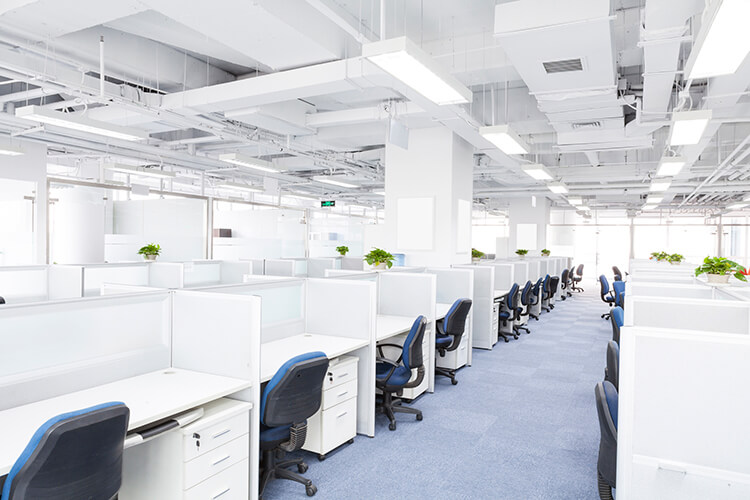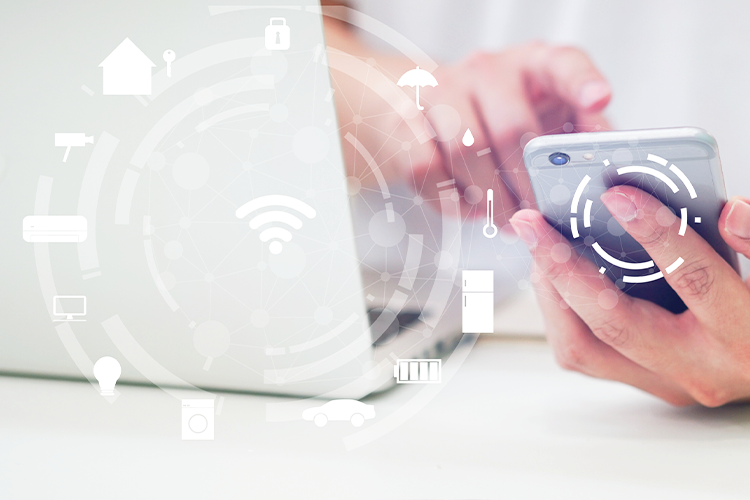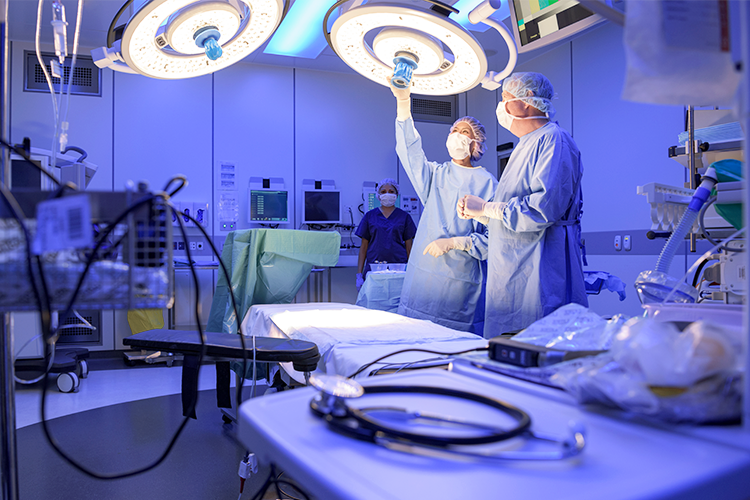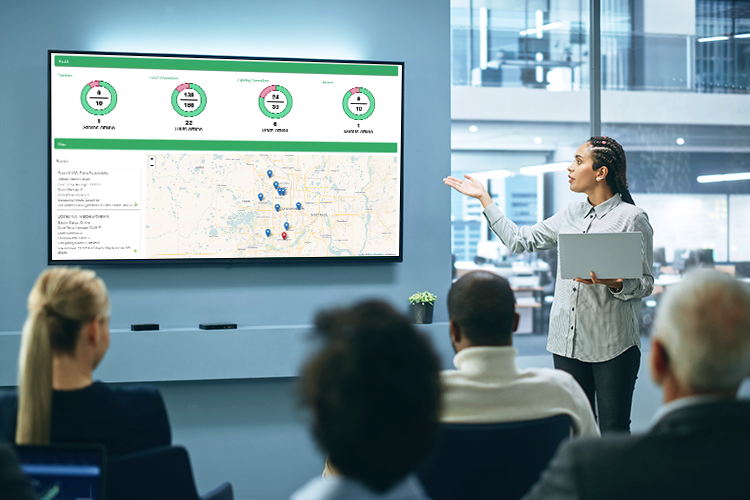Ready to Swap Your Afternoon Coffee for Human-centric Lighting?
September 19, 2018
Research on human-centric lighting, the idea that light can impact the human mind and body, is in its infancy. However, much is being done to see how light can improve outcomes in health care facilities, nursing homes, schools and places of work.
While hard data has yet to be delivered, we’re starting to get questions about it. Recently EMC’s own Ben Wright sat down with Angela Davis of WCCO-TV CBS Minnesota to discuss the potential health benefits.
https://vimeo.com/user14179445/review/288096505/e0...
An Energy Boost
“We’ve all hit that figurative wall during the work day,” stated Davis in her open for the segment. “You’re tired, your energy levels are low and it seems like only a cup of coffee will get you back on track. But what if there was another way to boost your energy, one that didn’t require caffeine?”
After being introduced, Wright explained how human-centric lighting could replace that afternoon coffee run for people who need a boost of energy.
“There’s a lot of research being done on how light affects people and one of the things that’s being intensely studied is whether it can affect our energy and moods,” he said.
While people are familiar with light therapy to help with depression or the winter blues, this is something else.
“So it is more like that boost you get from having that afternoon cup of coffee?” asked Davis.
Wright confirmed, explaining how we are just starting to get a better understanding of how different spectrums of light and quantities of light can affect people in both visual and nonvisual ways.
How Human-centric Lighting Works
“Are you talking about the overhead lighting at my cubicle or the light that’s coming from my computer screens and phone?” questioned Davis.
It’s all of it, Wright clarified, explaining that any light that reaches people’s eyes can have an impact, so current research is looking at a wide variety of lighting sources.
Those wanting to take advantage of the health benefits of lighting right now need to be patient. “The verdict is still out on how to exactly apply this,” said Wright.
What is already available is lighting that can be adjusted to suit personal preferences. For instance, color tunable white lights that can be changed from yellow/warm to a blue/cool are currently in use at EMC’s headquarters.
We are also starting to see some case study installations of circadian lighting where the light changes color throughout the day to simulate the sun. Researchers are studying the impact circadian lighting has on a variety of different people, from shift workers and students to hospitals and patients in health care settings.
Davis asked about the night time implications of light and its impact on sleep.
“You may notice your phone has a night shift or night mode, where when it’s on your screen may look more yellow tinted,” said Wright. “What’s happening there is the screen is attempting to remove blue light, which, in particular, has been shown to affect melatonin levels, which heavily regulates our sleep and wake cycles.”
Wrapping up the segment, Davis pointed out that the opportunity for human-centric lighting is there. “We all need more sleep and we all need more energy during the day,” she concluded.


